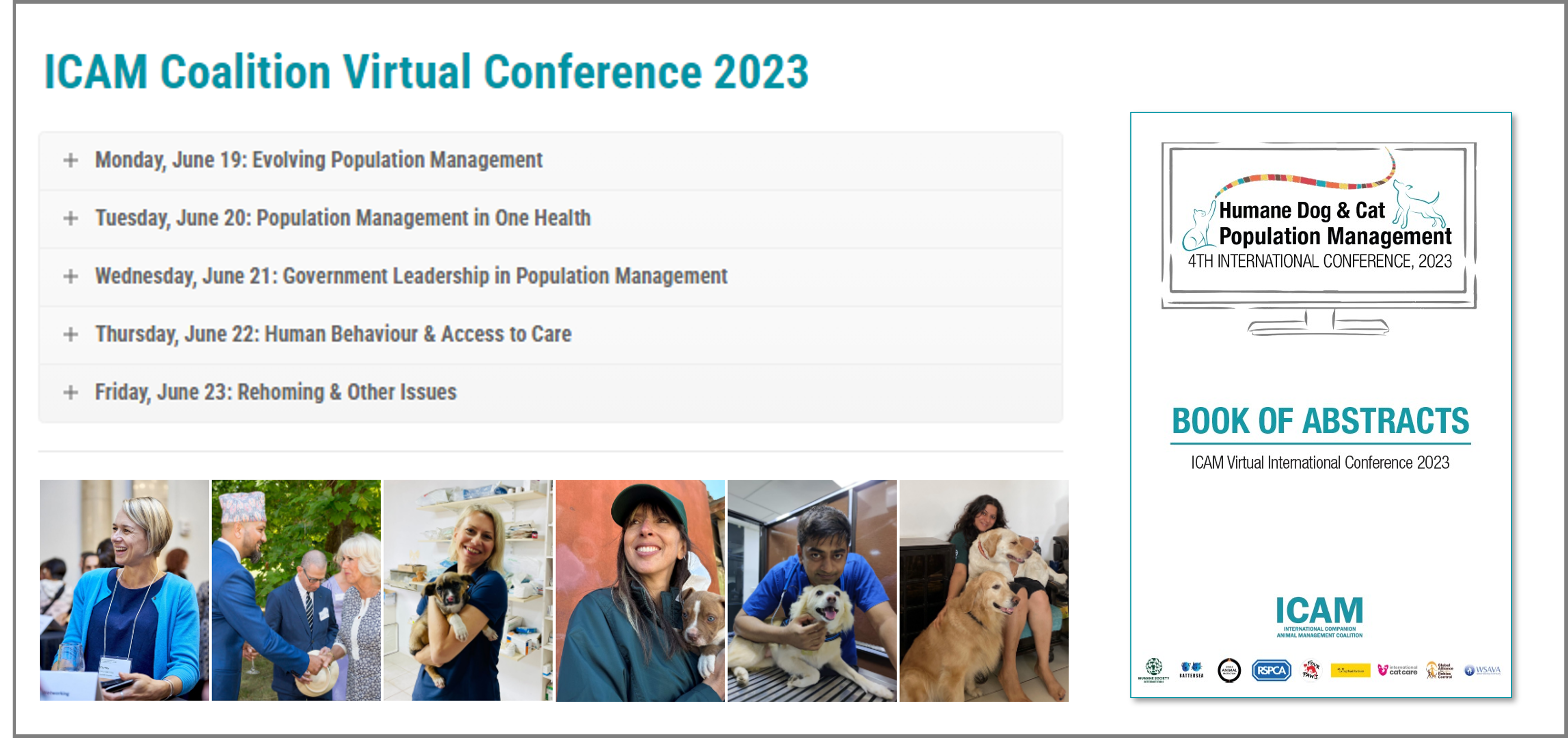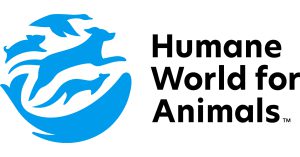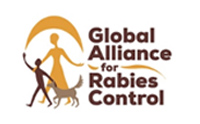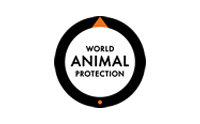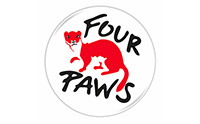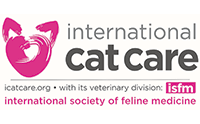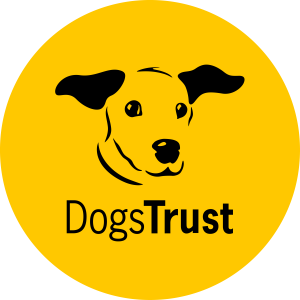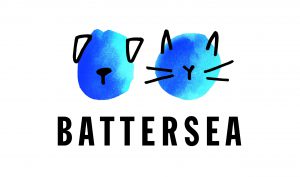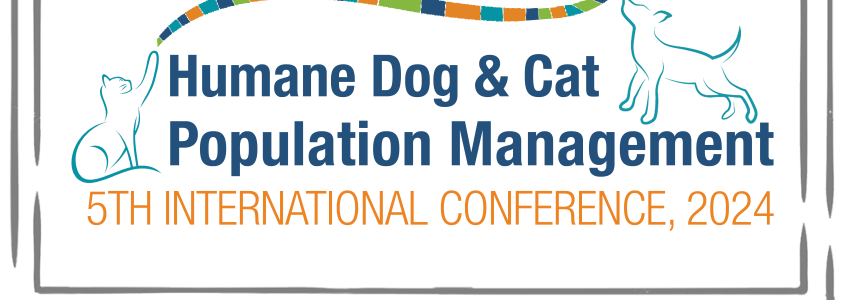
ICAM Coalition Virtual Conference 2024
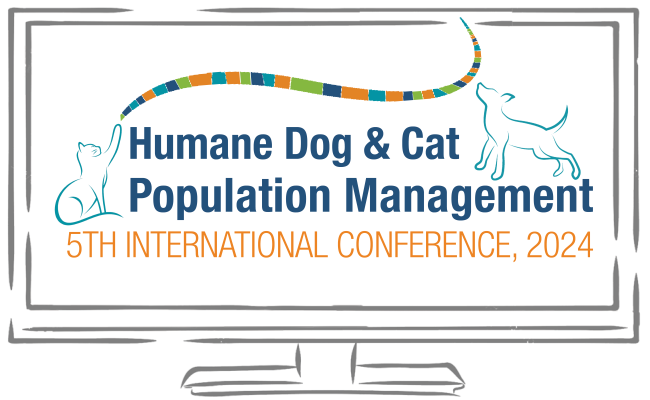
The conference convened June 17-21, 2024.
Speakers & Presentations
Select the (+) tabs below to view speakers, presentation videos, and Q+A from each session.
11:00 - 13:00 GMT/UTC
- Elly Hiby, ICAM Coalition
Conference opening and introduction to ICAM
- Amit Chaudhari & Keren Nazareth, HSI
Comprehensive Street Dog Population Management: Long-Term Impacts and Community Engagement in Vadodara and Dehradun, India
- Sanja Bianculli, Dogs Trust Bosnia
Bosnia and Herzegovina: Multi-stakeholder engagement progressing humane dog population management – a 10-year impact assessment
- Caroline Yates & Ana Metskhvarishvili, Mayhew Georgia
Addressing Dog Population Management Issues in Georgia: The achievements & challenges of working with local & national stakeholders
- John Peaveler, Humane Innovations
Capture Equipment and Methods for Dog Population Management Programs
- Katja Guenther & Kristen Hassen, Cummings School of Veterinary Medicine, Tufts University
Understanding and Challenging the Long-Term Impact of the Pound Model on Animal Sheltering in the United States
Session Q+A
- Download: Day 1 Q+A Report
11:00 - 13:00 GMT/UTC
- Matt Backhouse, FOUR PAWS
Barriers to reaching the ‘Zero by 30’ rabies target in Southeast Asia
- Andre Coetzer, GARC
Communities Against Rabies: Unifying civil society in South Africa towards improved animal welfare and sustainable rabies control
- Jessica Hoopes & Bonnie Cumming, Animal Management in Rural and Remote Indigenous Communities
Why It’s the Participants That Matter Most: AMRRIC’s Approach to Requests for Research Collaboration
- Jessica Hoopes, Animal Management in Rural and Remote Indigenous Communities
To treat or not to treat? Review of antibiotic use in Australian companion animal health programs reveals critical knowledge gaps in antibiotic prophylaxis for field–based desexing programs
- Liliana Pacheco Ricote & Gregg Tully, Kathmandu Animal Treatment Centre (KAT Centre) Nepal
A Novel Collaboration Between the Kathmandu Municipality and Grassroots NGOs and Veterinary Clinics for Dog Population Management
Session Q+A
- Download: Day 2 Q+A Report
11:00 - 13:00 GMT/UTC
- Patrick Gerard, ICAM
Urban Prosperity: The DPM advantage
- Manuela Rowlings, Alesya Lischyshyna & Helen Wormser, FOUR PAWS International, FOUR PAWS Ukraine & StrayCoCo Foundation
Innovative partnerships between the public, private and non-profit sector to achieve sustainable dog and/or cat population management – examples from Eastern Europe
- Elena Dede, Dogs’ Voice Greece
Population Management during Crisis Response Operations
- Brunna Gabriela Gonçalves de Oliveira Ferreira & Vitor Gonçalves Teixeira, Universidade Federal do Paraná
PRODEVIDA: Advances and Challenges in Animal Defense and Population Management of Dogs and Cats in the State of Minas Gerais, Brazil
- Gisela Vico Pesch, Asociación Nacional Protectora de Animales (ANPA)
Breaking Paradigms Saves Thousands of Lives
Session Q+A
- Download: Day 3 Q+A Report
11:00 - 13:00 GMT/UTC
- Tamara Kartal, Chonnikarn Phochanakij & Ivet Balchiklieva, FOUR PAWS
Building strategic free-roaming cat management programmes– Examples from Sofia, Bulgaria and Bangkok, Thailand
- Vicky Halls, ICatCare
Completing the jigsaw puzzle of sustainable and effective cat population management
- Jenni McDonald, Cats Protection
From Counting to Modelling: Bespoke methodology and insights into unowned cats in the UK
- Jenifer Reed & Heather Kalman, Human Animal Support Services, Austin Pets Alive!
Harnessing People Power to Get Pets Back Home
- Vinicius Soares Santos, Federal University of Parana
Population Management of dogs and cats and the Social Veterinary Medicine: Zero Fome Project for dogs and cats in vulnerability situation
The following presentations will be in video format only, not streamed live
- Lu Baldan, Federal University of Paraná (UFPR)
Strategies to increase adoption rates in a Brazilian shelter dog
- Irina Frasin, Gheorghe Zane Institute for Social and Economic Research, Romanian Academy Iasi Branch
Living with Cats: Community cats, companion cats and special needs cats
- Rae Foreman-Worsley, Cats Protection
The Long-Term Effects of Prepubertal Neutering: Filling the evidence gap for veterinary stakeholders
Session Q+A
- Download: Day 4 Q+A Report
11:00 - 13:00 GMT/UTC
- Ala Izydorczyk, Soi Dog Foundation
Bangkok CNVR Programme – KAP Survey 2023 analysis
- Gemma Ma, RSPCA NSW
Applying a human behaviour change approach to unowned cat management
- Casey Quimby & Jessica Hoopes, Animals Fiji
Who let the dogs out? Unleashing Solutions: Addressing Human Contributions to Fiji’s Free-Roaming Dog Population
- Maria Emilia Calero Cruz, Cumbay Cuidado Animal
Control of Companion Animal Overpopulation and Preventive Medicine under the One Health Approach: San Juan Cumbayá
- Roshni Ladny & Deborah Wilson, Florida Gulf Coast University and The European Link Coalition
“Violence Against Animals as Violence Against Children”: Implications of the United Nations Convention on the Rights of the Child GC 26 and Concluding Observations
The following presentation will be in video format only, not streamed live
- Anu Pandey, Motilal Nehru College, University of Delhi
Man-Dog Conflict Result of Fractured System & Apathetic Governance
Session Q+A
- Download: Day 5 Q+A Report
2024 Conference Themes
Dog and cat population management requires a comprehensive and adaptive approach – innovating, testing, evaluating, and using data-driven approaches. This includes evaluating impact on animal health and welfare, human health and perceptions, and cost-benefit analyses – and then adapting to improve impact and efficiency.
Population management can improve the health and welfare of dogs and cats, but can also contribute to human and community health, including reducing dog bites and achieving the goal of canine rabies elimination by 2030.
Concerns over roaming dog and cat welfare, numbers and risks they may pose are high on the agenda of many urban areas. As cities develop, ensuring safe access to all public spaces includes management of dog and cat populations. This theme is an opportunity for municipalities to share their progress in humane management that balances citizens’ needs for safe public spaces with animal welfare needs.
National and local governments are responsible for managing the populations of dogs and cats in their territory. Either when working alone, or in partnership with NGOs, business, and academia, they provide the legal basis, budget and drive for sustained population management. An opportunity to share case studies of successful government-led lead population management and political engagement techniques that work.
Cat and dog population management have many more similarities than differences. However, there are some approaches to data collection, intervention design, and animal health that are particularly appropriate to cat population management.
Rehoming can be achieved using physical shelters/rehoming centres and fostering. Rehoming in population management is part of a wider system that simultaneously addresses the drivers for relinquishment. An opportunity to share innovation in rehoming and management or medicine practices that are effective, efficient and benefit animal welfare.
How owners and communities behave towards dogs and cats is the single biggest driver of their population dynamics. Community engagement and promotion of responsible ownership are therefore powerful influencers of effective and sustainable population management.

